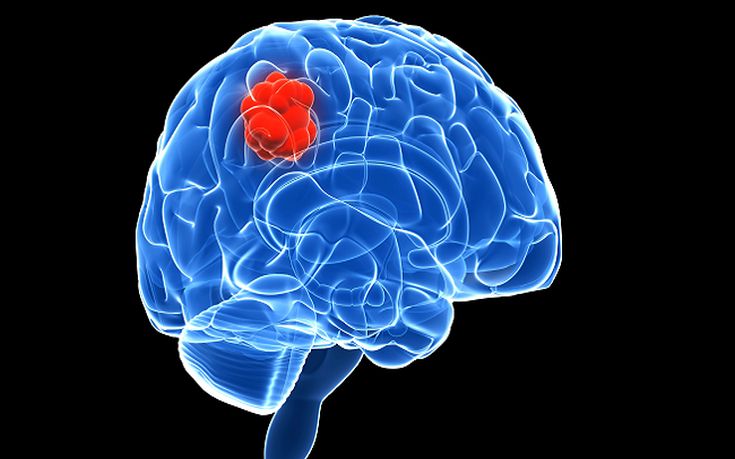If you were to pick a case to illustrate the abrupt, random, frightening nature of brain tumors, it might be the experience of Maria Menounos.

“There’s no more serious diagnosis in all of human medicine than a brain tumor because it not only is a medical issue that has to be treated, but it actually affects the psyche, the soul of the entire personhood of a human being,” Dr. Steven Kalkanis, chair of neurosurgery at Henry Ford Health System and medical director of the Henry Ford Cancer Institute in Detroit, told TODAY.
“Brain tumors are terrible in lots of ways,” added Dr. Glenn Lesser, a neuro-oncologist at Wake Forest Baptist Health in Winston-Salem, North Carolina. “They can be very aggressive and kill people quickly.”
Why are they dangerous?
There are more than 120 types of brain and central nervous system tumors, ranging from benign to malignant, according to the National Brain Tumor Society. Meningioma — the type Menounos had — is overwhelmingly benign and most patients go on to live a normal life, Lesser said.
“Most of the brain is very highly valued real estate. There’s just not a lot of extra room for tumors, benign or malignant, to grow without causing a problem,” Lesser noted.
Why do they form?
Overwhelmingly, it’s a random event, both doctors said. “It’s a mistake in cell division that could happen at any time. Thankfully, it’s rare,” Kalkanis noted.
The lesions have different treatment options and prognoses, and the symptoms can depend on where in the brain the tumor is located.
But certain signs make neurosurgeons especially concerned. They include:
1. Headaches that are getting worse
In a previously healthy person, headaches that are intensifying in frequency and pain — especially when associated with nausea and vomiting — are the most common symptom. They can be splitting or less severe, but stick around a long time. That suggests there’s elevated pressure inside the skull, which could indicate there’s something growing in the brain, Kalkanis said.
2. Weakness, numbness or balance problems
A person may suddenly have difficulty walking or maintaining their equilibrium. You may notice motor changes on one side of the body or one limb. That can manifest as clumsiness — perhaps dropping things with your right hand, not being able to tie your shoes or button a shirt, Lesser said.
3. Vision changes
Troublesome signs may include blurry vision, double vision, extreme sensitivity to light or discomfort with a lot of eye movement.
A brain tumor may also knock out the fibers that connect the eyes to the back of the brain, causing a visual field cut — or black spots your vision, Lesser said. You may suddenly start bumping into walls or other objects because you no longer see them.
4. Seizures
Not all seizures mean you have a tumor, but tumors can definitely cause seizures, Kalkanis said.
5. Confusion or mental status changes
Families may notice subtle but distinctly abnormal changes in a person’s behavior: A loved one may leave the stove on when she would have never done that before, or she may get lost driving in a familiar neighborhood, Lesser said.
Treatment
Patients with malignant tumors, like glioblastoma, undergo surgery to remove the visible growth, then receive radiation and chemotherapy. Benign tumors may require only surgery. Glioblastoma patients may use Optune — a cap-like device that sends a low-dose electrical current through the brain and offers a survival advantage, Lesser said.